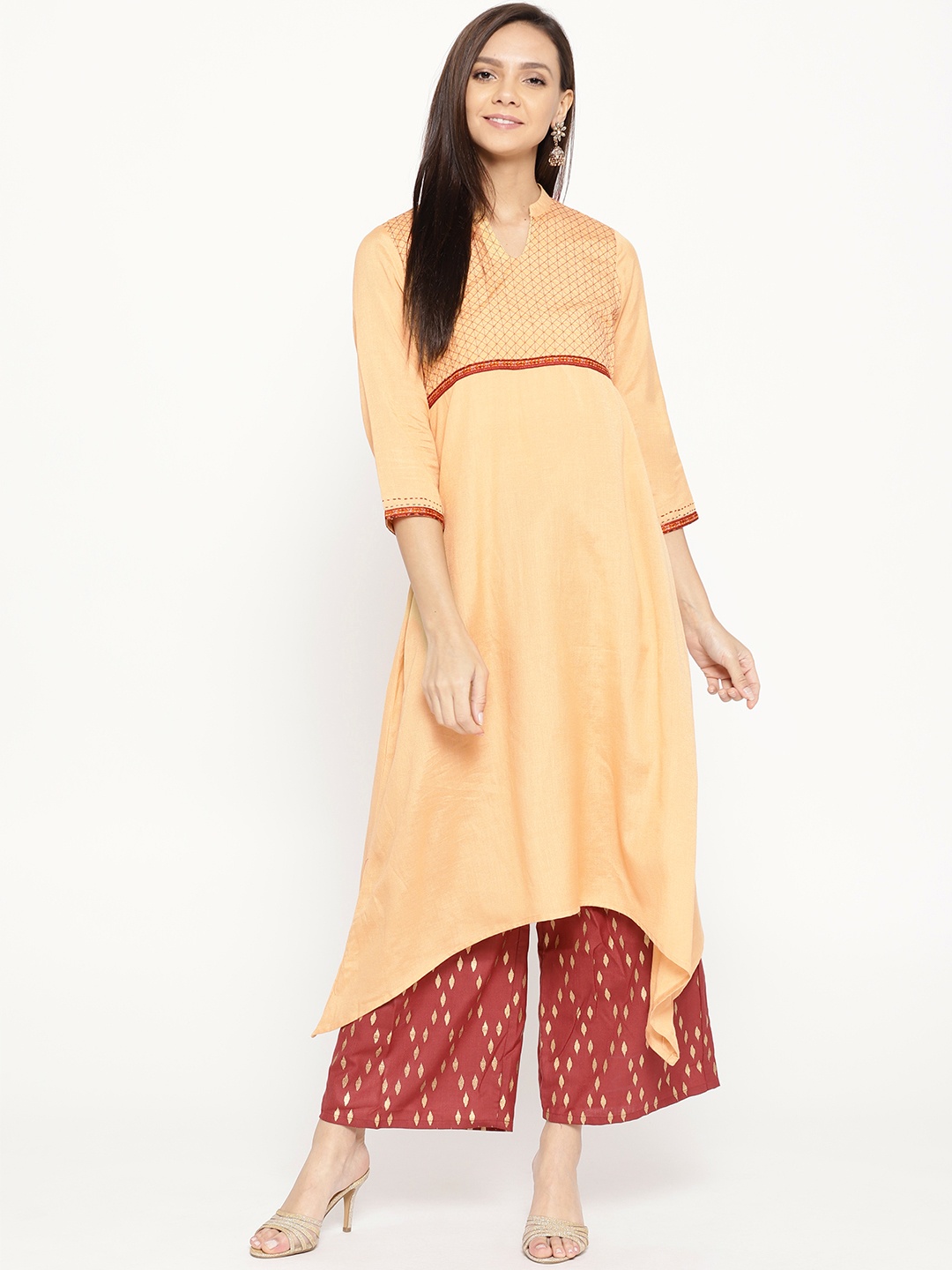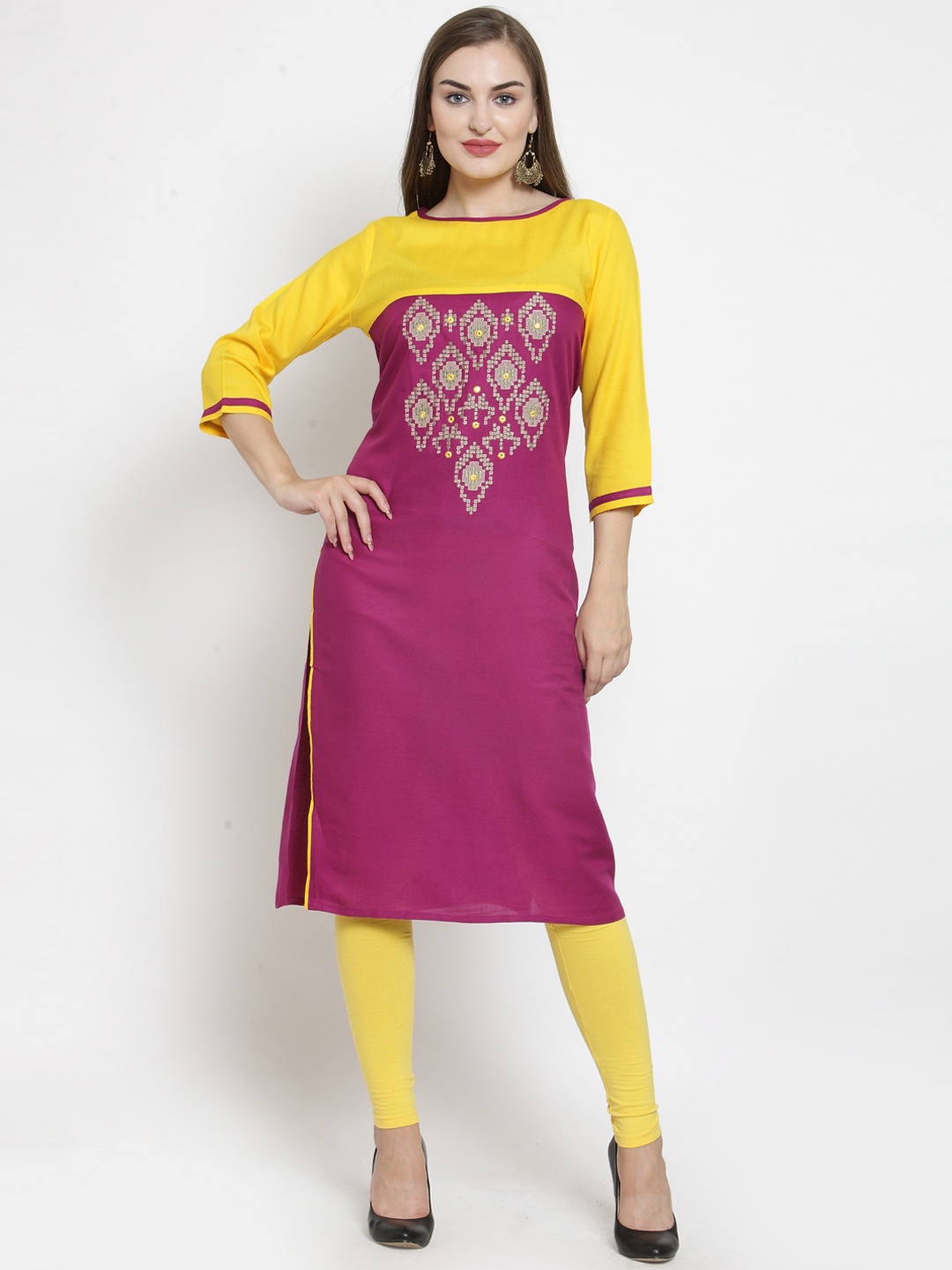How To Choose Sunglasses for Kids Who Never Sit Still: 10 Best Tips
Choosing sunglasses for lively, adventurous children can feel like chasing a rickshaw in peak-hour traffic, possible, but only with the right strategy. This guide breaks down practical tips to help you pick the perfect pair for little ones.

Here's how you can choose the best sunglasses that ensure comfort and sun protection for your kids.
Children rarely sit still. They sprint through living rooms, leap across pavements, and turn every outing into a mini adventure. When the sun shines bright, sunglasses become more than a style accessory; they protect delicate eyes from harsh glare and UV rays. Yet, getting kids to wear sunglasses, keep them on, and not break them within five minutes is a challenge every parent knows too well.

Use these 10 easy tips to choose the best sunglasses for your kids; Photo Credit: Pexels
This article explores how to choose sunglasses that suit energetic children who move faster than a Bengaluru auto during surge hours. The goal is simple: ensure comfort, durability, and sun protection, while keeping things fuss-free and parent-friendly.
Also Read: Cute But Safe: How To Choose Kid-Friendly Jewellery For Your Kids
What to Look For When Choosing Sunglasses for Super-Active Kids
1. Start With UV Protection as the First Non-Negotiable
The sun in our part of the world doesn't hold back. On most days, sunlight feels like it bounces off every surface, especially during late mornings and afternoons. Children need sunglasses that block 100% UV rays because their developing eyes absorb more light. When kids run around outdoors, whether it's cricket on the terrace, shopping with grandparents, or a family trip to Goa's beaches, the right UV protection prevents long-term damage.
Many brands highlight fancy colours and frames, but the real protection comes from proper labelling. Look for tags that clearly mention “100% UV protection” or “UV 400”. Try not to fall for sunglasses that only look stylish without offering genuine safety. A pair that costs ₹600 with proper UV protection is far better than a ₹1,200 pair that only looks trendy. Children may not understand the technical details, but the right sunglasses ensure comfort, reduce squinting, and keep their eyes healthy without them even realising it.
2. Pick Frames Designed for Rough-and-Tumble Play
Children jump, twist, climb, slide, and occasionally turn their sunglasses into slingshots. Sturdy frames matter. Flexibility works best because rigid materials snap quickly during enthusiastic play. Rubberised frames or flexible polycarbonate options bend without cracking, which is ideal for hyperactive little explorers.
Imagine a child playing kabaddi during a school picnic. A sudden tumble shouldn't mean another trip to the shop. Flexible frames survive rough use and keep their shape even after being stretched by tiny hands. They also sit comfortably on the face without poking behind the ears.
Lightweight frames help too, especially in humid weather. Heavier frames slip off sweaty noses, and kids lose patience quickly. When sunglasses feel weightless, children forget they're even wearing them. Durable frames save money, reduce tantrums, and allow energetic kids to be just as wild without breaking their eyewear every weekend.
3. Choose Lenses That Resist Scratches and Impacts
Children often treat sunglasses like cricket balls, throwing them onto car seats, dropping them in playgrounds, or stuffing them into school bags. Lenses that resist scratches become essential, not optional. Polycarbonate lenses work beautifully because they're light, impact-resistant, and far less likely to shatter.
Picture a child zooming around with friends during a birthday party. One quick collision shouldn't result in broken eyewear. Scratch-resistant lenses maintain clarity and survive countless adventures. They help kids see clearly while staying protected from dust, sunlight and flying bits during outdoor play.
Adding a protective pouch or case inside their backpacks helps keep lenses safe when not in use. Children who learn early to care for their sunglasses tend to carry that responsibility forward, and scratch-resistant lenses make the learning phase easier on everyone's wallet.

Ensure that the lenses can resist scratch and last longer; Photo Credit: Pexels
4. Pick Colours and Styles Children Genuinely Like
No matter how technically perfect a pair of sunglasses may be, kids won't wear them unless they love how they look. Choosing colours and shapes that excite them increases the chances of regular use. Bright hues like neon green, cherry red, sunshine yellow or even dual-colour frames often appeal to young minds.
Cartoon-inspired shapes or sporty designs turn sunglasses into something fun rather than something parents force upon them. When children feel their sunglasses make them “look cool”, the battle is half won. For instance, give a child a pair with mirrored lenses in their favourite colour, and watch them admire their reflection for hours.
Letting kids choose between two or three pre-approved options works well. They feel involved, and parents can ensure all choices meet safety standards. This combination of autonomy and safety ensures sunglasses become part of their everyday outdoor routine.
5. Ensure a Snug Yet Comfortable Fit
A good fit determines whether sunglasses survive on a child's face for more than five minutes. Sunglasses that slide down the nose or squeeze the temples lead to endless fidgeting. A proper fit sits gently on the nose, wraps lightly around the ears and stays put even during quick movements.
Adjustable nose pads and flexible temple arms add comfort, especially for children with broader or narrower facial structures. Some parents prefer wrap-around styles because they offer extra grip and prevent sunlight from entering from the sides.
During a weekend trip or a morning walk, a comfortable fit means fewer interruptions and fewer “Mumma, it's hurting” complaints. Test the fit by asking the child to shake their head, look downwards and jump lightly. If the sunglasses stay in place, they'll probably work well for daily use.
6. Look for Lightweight, Breathable Materials
Hot weather can make sunglasses feel heavy and sticky. Lightweight materials prevent children from pulling them off within minutes. Frames made from soft silicone or flexible plastics feel gentle on the skin and don't trap heat.
When children run around in parks or playgrounds, sweat gathers around their temples and nose. Breathable materials reduce discomfort and prevent slipping. Silicone-based designs, in particular, grip the skin without irritating it, even during energetic activities like cycling or skating.
A child wearing light, breezy sunglasses is more likely to keep them on for longer periods. The right material blends comfort with practicality, ensuring kids enjoy the sun without feeling weighed down.

Go for a lightweight, simple, and fuss-free design; Photo Credit: Pexels
7. Prioritise Sunglasses With Comfortable Straps or Bands
For super energetic children, especially toddlers, a pair of sunglasses with an adjustable strap or headband works wonders. These straps secure the sunglasses during running, climbing, and general mischief. They help the glasses stay in place even when kids roll around on the floor playfully.
Soft elastic straps don't dig into the skin and can be adjusted as children grow. They prevent sunglasses from disappearing into playground corners or restaurant tables. Parents often find straps useful during holidays, road trips and beach outings where taking eyes off children for even a second leads to sunglasses magically vanishing.
Straps offer practicality without compromising on comfort. They transform sunglasses from accessories into stable, fuss-free essentials for children who treat every day like a mini adventure.
8. Choose Sunglasses That Are Easy to Wash and Maintain
Children touch their sunglasses with sticky fingers right after eating samosas, chocolate bars or mango slices. Dust gathers around the lenses after park time. Choosing sunglasses that are easy to clean saves parents from frustration.
Polycarbonate lenses clean well with a simple microfibre cloth. Frames with smooth surfaces help remove dirt quickly without leaving smudges. Avoid overly intricate designs that trap grime and make cleaning tedious.
Quick maintenance keeps lenses clear and scratch-free. Clean sunglasses encourage kids to see well, feel comfortable and enjoy wearing them. In a busy household, easy-to-wash sunglasses make everyday routines smoother.
9. Balance Budget With Durability and Value
Good sunglasses don't need to cost a fortune, but extremely cheap ones often break quickly or lack proper UV protection. A balanced budget works best. Spending around ₹500–₹1,500 usually provides durable frames and proper sun safety without straining the pocket.
Parents often replace lost sunglasses more than broken ones, so buying two affordable pairs instead of one expensive pair makes sense. One pair stays in the school bag while another stays at home or in the car.
Durability ensures value for money. When sunglasses survive a full season of playground chaos, they already justify their price. Proper sun protection combined with strong materials gives children everything they need without parents feeling financially stressed.

Ensure that the sunglasses offer value for money; Photo Credit: Pexels
10. Test Them in Real Situations Before Finalising
Trying on sunglasses in a shop is different from seeing how they behave outdoors. Once bought, test them during a walk to the nearby market, a cycling session or a simple terrace playtime. Real movement reveals whether the sunglasses slip, pinch or feel too heavy.
Observe how children respond. If they forget they're wearing them within ten minutes, the choice works. If they keep adjusting them or pulling them off, a different style may suit better. Children express comfort through actions more than words.
Testing sunglasses in natural sunlight also helps check glare reduction and lens clarity. A few minutes of real-world use gives clear insight into whether the pair is a keeper or just another accessory headed for the forgotten drawer.
Products Related To This Article
1. H&M Sunglasses
2. Carlton London Girls Grey Lens & Gold-Toned UV Protected Lens Aviator Sunglasses
3. Hooper by Lenskart Kids Rectangle Sunglasses with UV Protected Lens
4. Voyage Kids Round Sunglasses with Polarised and UV Protected Lens
5. Spiky Unisex Kids Black UV Protected Lens Full Rim Rectangle Sunglasses
6. Hooper Unisex Kids Shield Sunglasses with Polarised and UV Protected Lens
7. Accessorize Girls Other Sunglasses with UV Protected Lens
Children who never sit still need sunglasses that match their adventurous energy. The right pair blends UV protection, durability, comfort and style. When sunglasses feel light, stay secure and look fun, kids wear them willingly, and parents breathe a little easier.
By choosing well-designed frames, sturdy lenses and colours children love, families ensure little ones stay protected during every sunny day outing, sports session and holiday trip. Sunglasses become more than just eyewear; they become partners in play, exploration and childhood joy.
(Disclaimer: This article may include references to or features of products and services made available through affiliate marketing campaigns. NDTV Convergence Limited (“NDTV”) strives to maintain editorial independence while participating in such campaigns. NDTV does not assume responsibility for the performance or claims of any featured products or services.)

























